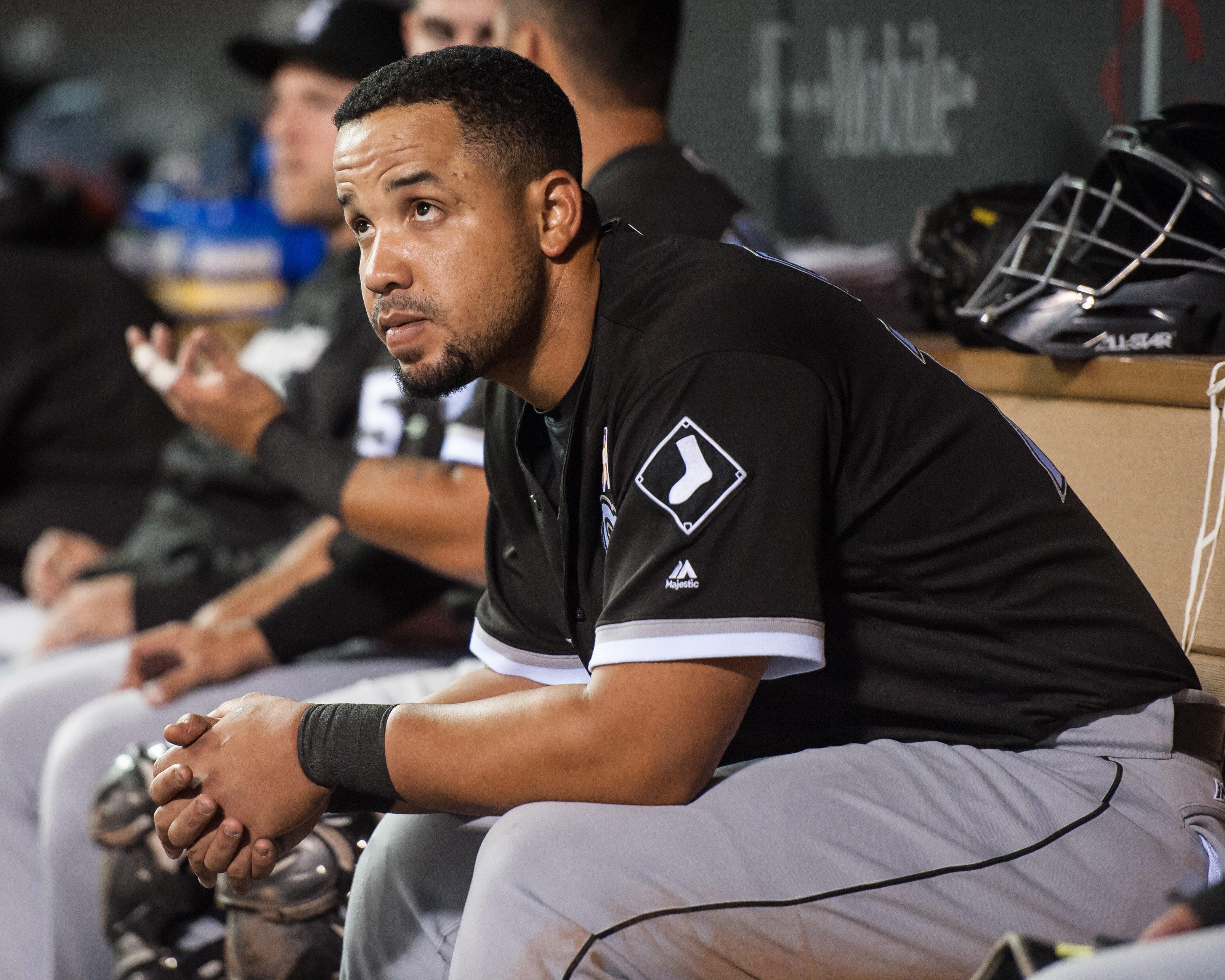Two years removed from his monstrous debut, one in which he hit .317/.383/.581, hit 36 HRs, led the league with a 173 OPS+, won Rookie of the Year and finished fourth in MVP voting, the best way to characterize Jose Abreu after the completion of his third year in the majors is, well, that he’s mostly fine. Not that there’s anything wrong with that.
By the time the first pitch of the 2017 season is thrown Abreu will be on the wrong side of 30. It’s unlikely we’ll see 2014-level production from him again, but after struggling to hit for any power for most of the first four months of 2016 — he hit three home runs in April, three in May, five in June and zero in July — he somehow still wound up with offensive stats you could classify as “just fine.”
Abreu may no longer be in the class of “best first basemen in baseball” that he was in 2014, but even beyond the traditional counting stats — 25 home runs, 100 RBIs — he was a middle-of-the-pack offensive first baseman. Among qualified first basemen, he ranked 11th out of 23 in wRC+ (between Hanley Ramirez and Wil Myers) and 12th in OPS (between Chris Carter and Mike Napoli).
The striking statistic is ISO, where he ranked 18th at .175, behind such thundersticks as Mitch Moreland and Travis Shaw, and only ahead of Eric Hosmer, Adrian Gonzalez, Marwin Gonzalez, Joe Mauer and Yonder Alonso. By comparison, in 2014 his .264 ISO was second to only Edwin Encarnacion among qualified first basemen, and a year ago he ranked ninth with a .212 ISO.
This doesn’t necessarily mean it’s all doom-and-gloom for Abreu going forward. For one, the power returned in the final two months of the season, and there are non-baseball reasons to consider for why he broke out of the power funk, such as seeing his five-year-old son, Dariel, who arrived in America for the first time in August and was in attendance for the team’s series in Miami. From that date on he hit .326/.394/.543 with 11 home runs in 208 plate appearances. Now, it would be foolish to assume Abreu’s hot stretch was entirely because of his being able to see his son — after all, he was away from him during the past two seasons, as well — but those two months gave us a glimpse of what he clearly is still capable of producing.
On the statistical side, Abreu’s bat-to-ball skills remain above average. He swung at 39.7 percent of the pitches he saw outside of the strike zone in 2016 — well above the league average of 30.3 percent — and made contact on 66 percent of said pitches, which is also above the league average of 63.9 percent. Abreu has and will likely always be swing-happy, but his ability to make contact on pitches outside of the strike zone is a good sign, and if he continues to be able to get on base at a good clip — his .353 OBP was actually up slightly from a year ago — there’s a good chance he can be a solid offensive player going forward even as the power declines.
There are scenarios in which you could envision Abreu breaking down sooner than later. Lumbering first basemen on the wrong side of 30 are not a safe bet to stay productive, but while Abreu’s production may be a far cry from that fantastic rookie season, what he displayed in 2016 is not a harbinger of bad things to come, but instead the leveling out of a player who, while he may never reach those heights again, is a perfectly fine option going forward.
Lead Photo Credit: Jeffrey Becker-USA TODAY Sports
